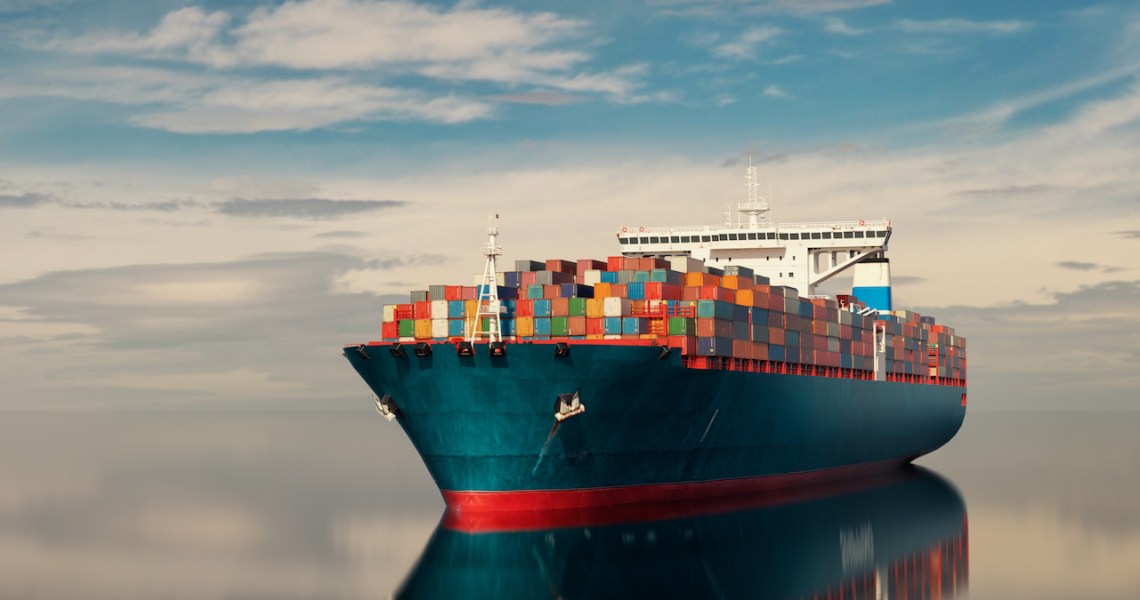This week, we take a look at the impacts of the just-declared strike affecting ports all along the East Coast of the U.S. If a deal isn’t reached soon, the strike will likely have a big impact on the holiday season.
The ongoing effects of the port strike
Late on Monday night, over 45,000 workers in the International Longshoreman’s Association went on strike. Negotiations had broken down between the ILA and the U.S. Maritime Alliance, known as USMX, the body that represents the shipping companies. As of October 1, 36 ports across the East Coast of the United States are affected.
The ILA is demanding better compensation for the essential service it provides: handling billions of dollars worth of imports every month. It’s also demanding the complete banning of automation in port work, ensuring jobs for its workers in the future. It’s the first strike of its kind for the East Coast and Gulf Coast ports since 1977. (Ports on the West Coast of the country are part of a different union, the International Longshore and Warehouse Union.) While USMX has offered terms for a contract, the ILA has rejected them as insultingly low.
“USMX knows what our bottom line with wages needs to be for our ILA rank-and-file to ratify a new Master Contract Agreement,” said Harold J. Daggett, the ILA’s international president and chief negotiator, in a statement on Monday. “They call me several times each week trying to get the ILA to accept a low-ball wage package. My ILA members are not going to accept these insulting offers that are a joke considering the work my ILA longshore workers perform and the billion-dollar profits the companies make off the backs of their labor.”
Nearly every fashion brand in the U.S. relies on the East Coast ports to import goods, or at least materials, into the country. The fact that the strike will affect them is inevitable, but its range depends entirely on how long the strike continues before USMX offers better terms to the workers. An analysis from Everstream Analytics expects that, for every 24 hours of shutdown at the ports, it will take seven days to clear through the backlog. That means that even if the strike lasts just one week, the ports will be backed up until after the election.
“The compounding effects of displaced containers and equipment, disrupted schedules and vessel diversions would likely push the impacts well past the Thanksgiving holidays and potentially into December,” said Mirko Woitzik, global director of intelligence at Everstream Analytics.
The strike comes at a strategic time for the ILA, and a difficult one for both the shipping companies and their clients, when the ports are needed most and the workers have the most leverage. The holiday season is just starting to roll in, and it’s typically the time when brands and retailers are stocking up in preparation. Even President Biden has publicly urged USMX to give the workers what they demand.
“The port strike will have huge impacts on supply chains, which may be particularly detrimental for brands that are already gearing up for the holiday season,” said Michael Yamartino, CEO of shipping and supply chain technology company Route. “For shoppers, this means longer wait times for gifts. For merchants, this is more than a logistical nightmare — it’s a customer experience issue that could impact overall brand loyalty, especially for small businesses with fewer resources.”
But there are some ways brands can mitigate the effects. West Coast ports remain open and that’s where products imported from Asia usually tend to land. Brands may be able to divert shipments to enter the U.S. via the West Coast, according to Adrian Wade, head of supply chain at supply chain security management company Bluesky Solutions. But many fashion brands import goods from Europe, particularly countries known for handmade goods, like Italy, which almost always come into the U.S. through the East Coast.
“Brands which rely on European imports are likely to be more affected than those which source from Asia,” Wade said. “However, as the strike continues, prices are likely to rise regardless as consumer demand meets shortages in supply.”
Supply chain price increases are the last thing brands want right now. After the chaos of the pandemic, when ports were congested for months on end, brands finally felt relief in the last year as the supply chain issues eased up. But while congestion lessened, shipping prices have continued to rise. By the spring of 2024, shipping costs were on average 198% higher than a year prior.
“Wait times have gotten much, much better,” said Alexandra O’Neill, founder of the made-to-order brand Markarian, which manufactures its clothing in New York City but imports the raw material from overseas. “Things aren’t backed up anymore, but the prices keep going up.” –Danny Parisi, senior fashion reporter
Executive moves this week
- It’s a busy time for leadership shuffling in fashion. Most notably, Hedi Slimane is leaving Celine after nearly seven years at the brand. He took over in 2018, for previous designer Phoebe Philo, shifting the brand in an edgier direction (and dropping the acute accent from the brand’s name). Slimane is being replaced by Michael Rider, former creative director at Ralph Lauren, who will take up the role next year.
- Everlane finally has a new CEO after Andrea O’Donnel left the role in January. Alfred Chang, former CEO of Fear of God, is stepping into the role.
- And Malbon Golf, the lifestyle brand founded by Stephen and Erica Malbon, finally got its first CEO this week. Aaron Heiser, a former Nike executive, will take on the role while also serving as co-chief creative officer with the founders.
Inside our coverage
How much higher can luxury prices go?
These 3 fashion collectors view their expensive goods as assets
What’s next for luxury e-commerce
Other news to know
Michael Rider replaces Hedi Slimane at Celine




